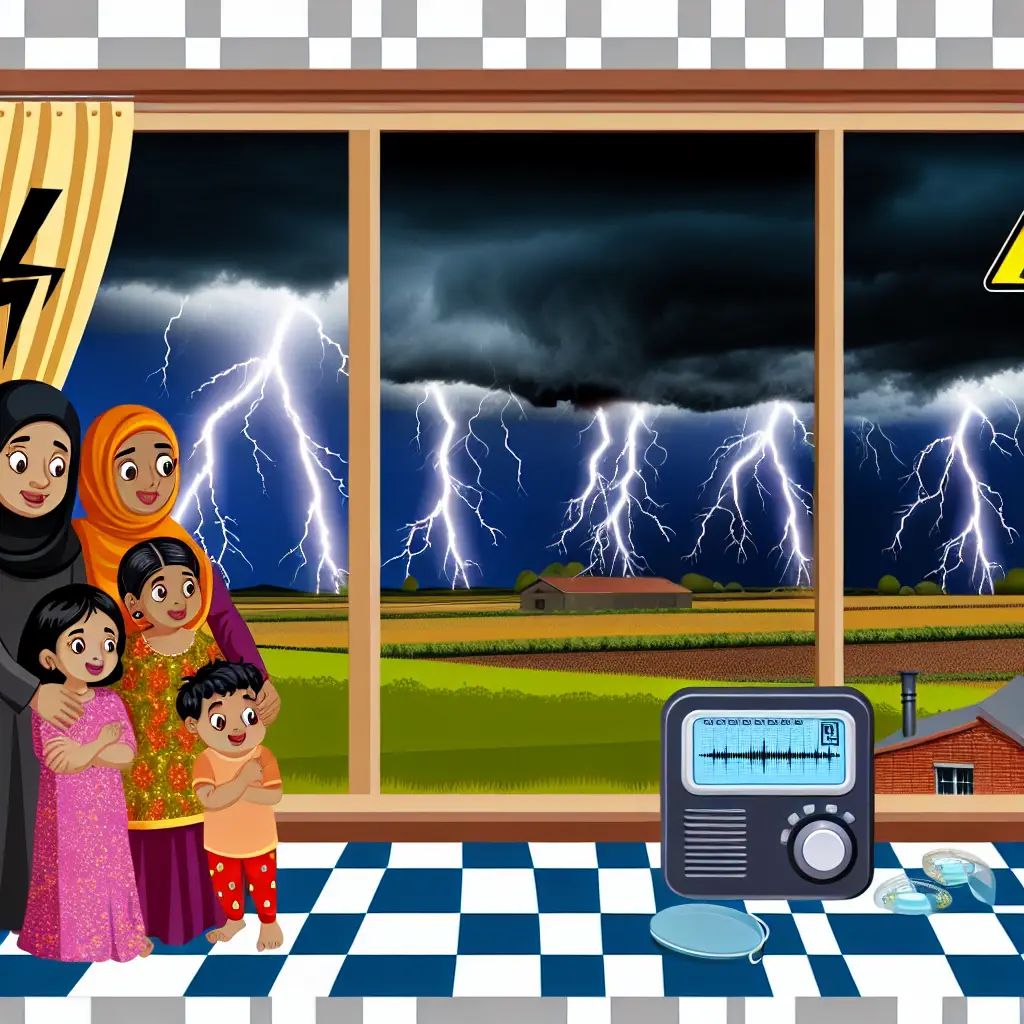
Lightening and Tips for Protection from It
Lightning is a spectacular natural phenomenon, but it is also one of nature’s most powerful and dangerous forces. Every year, lightning strikes cause significant damage, injuries, and sometimes fatalities. Understanding how to protect yourself from lightning is crucial, especially during storm seasons. This article delves into the nature of lightning and offers actionable tips for keeping safe during lightning storms.
Understanding Lightning
What is Lightning?
Lightning is a giant spark of electricity in the atmosphere between clouds, the air, or the ground. It forms when there are imbalances between storm clouds and the ground. During a thunderstorm, there are turbulent winds that cause a separation of positive and negative charges within the cloud. The charge builds up and is eventually released as lightning.
Types of Lightning
- Intracloud Lightning (IC): This occurs within a single cloud.
- Cloud-to-Cloud Lightning (CC): This happens between two clouds.
- Cloud-to-Ground Lightning (CG): The most dangerous type, striking the ground.
- Ground-to-Cloud Lightning (GC): Rare, but involves a lightning strike originating from the earth and branching upwards.
The Dangers of Lightning
Lightning is not just a breathtaking spectacle; it poses real dangers. Here are some of the primary risks associated with lightning:
- Fire: Lightning can set buildings and forests ablaze.
- Power Outages: When lightning strikes power lines, it can cause extensive blackouts.
- Injury and Loss of Life: Direct strikes can lead to severe injuries or fatalities.
- Electronics Damage: Electrical surges from lightning can damage electronic appliances and infrastructure.
Tips for Protection from Lightning
Staying safe during a lightning storm involves both preparation and immediate action when a storm is imminent. Below are essential tips to protect yourself from lightning:
Before the Storm
- Stay Informed: Keep an eye on weather forecasts, especially if you live in an area prone to thunderstorms.
- Create a Safety Plan: Have a plan in place for what to do if a storm strikes, including identifying safe shelters.
- Prepare Your Home: Install lightning rods and surge protectors to protect your home and electronics from electrical surges.
During the Storm
Indoors
- Avoid Electrical Appliances: Do not use computers, gaming consoles, or any other wired devices.
- Stay Away from Water: Do not take showers, wash dishes, or have any contact with plumbing during a storm.
- Stay Indoors: Do not go outside unless absolutely necessary.
Outdoors
If you happen to be caught outdoors when a storm hits, here are some crucial tips:
- Seek Shelter: Immediately head to a substantial building or a hard-topped vehicle.
- Avoid High Ground: Do not stand on hills, mountains, or elevated areas.
- Keep a Low Profile: Crouch down low, with your feet close together and your head tucked towards your chest.
- Stay Away from Tall Objects: Avoid standing under isolated trees or tall structures.
After the Storm
Once the storm has passed, continue to take precautions to ensure safety:
- Check for Injuries:
- If lightning strikes without warning and someone is injured, seek immediate medical attention.
- Inspect Property for Damage:
- Check your home for any fire hazards or electrical damages.
- Stay Informed:
- Continue to monitor weather updates in case another storm is approaching.
- Be Cautious Around Fallen Wires:
- Keep away from any downed power lines and report them to your local authorities.
Sneaky Myths Debunked
Misconceptions about lightning can put you at greater risk. Here are some myths debunked:
- Myth: Lightning never strikes the same place twice.
- Fact: It often strikes the same place multiple times, especially tall, isolated structures.
- Myth: Rubber soles protect you from lightning.
- Fact: Rubber-soled shoes offer no significant protection from lightning.
- Myth: You are safe from lightning if it’s not raining.
- Fact: Lightning can strike up to 10 miles away from rain.
Conclusion
Lightning is both mesmerizing and hazardous. By understanding its nature and adopting effective safety measures, you can significantly reduce the risks associated with lightning strikes. Stay informed, create a safety plan, and follow the tips outlined in this article to protect yourself and your loved ones from the dangers of lightning.









